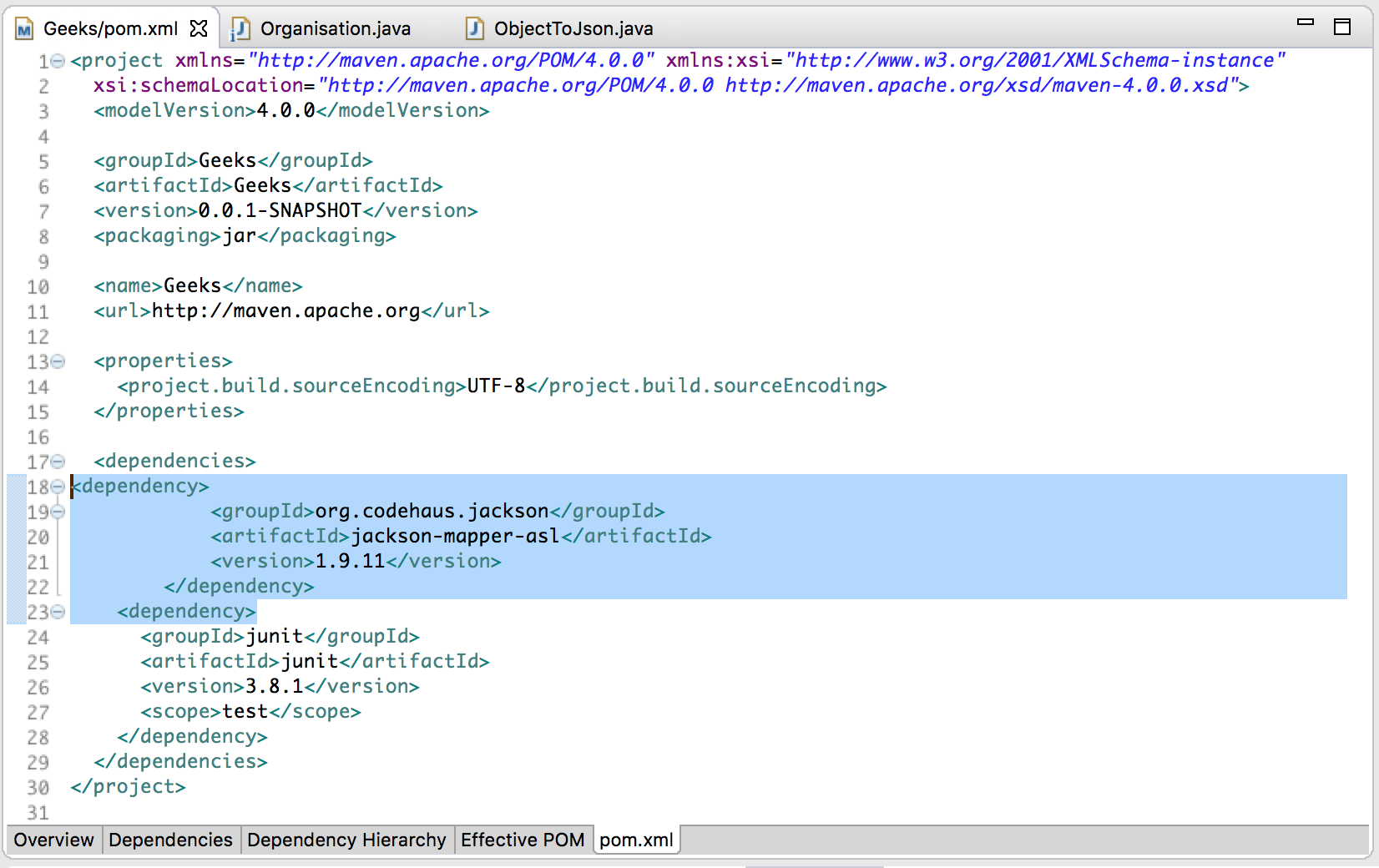

This same package also has a 5.x version, which references the split packages for blobs and queues only. Previously, the extensions shipped together as .Extensions.Storage, version 4.x. NET isolated-process app, you should add the following packages to your project: For example, to use the triggers and bindings for all three services in your.

NET CLI: dotnet add package. -version 5.0.0Īzure Blobs, Azure Queues, and Azure Tables now use separate extensions and are referenced individually. This version allows you to bind to types from .Īdd the extension to your project by installing the NuGet package, version 5.x. For a tutorial on configuring your function apps with managed identities, see the creating a function app with identity-based connections tutorial. This version introduces the ability to connect using an identity instead of a secret. The solution is to make sure your project references WindowsAzure.Storage 7.2.1. If you reference a different version of the Storage SDK, and you bind to a Storage SDK type in your function signature, the Functions runtime may report that it can't bind to that type. In Functions 1.x, the Storage triggers and bindings use version 7.2.1 of the Azure Storage SDK ( WindowsAzure.Storage NuGet package).
#Enqueue dequeue java json install#
Install the NuGet package, version 3.x or 4.x.įunctions 1.x apps automatically have a reference the NuGet package, version 2.x. Working with the trigger and bindings requires that you reference the appropriate NuGet package. For C# scripting, you would need to instead install the extension bundle, version 2.x. This section describes using a class library.

Also, when referencing these newer split packages, make sure you are not referencing an older version of the combined storage package, as this will result in conflicts from two definitions of the same bindings. When upgrading your package references from older versions, you may therefore need to additionally reference the new .Tables NuGet package. Previously, the extensions shipped together as .Storage, version 4.x. NET in-process app, you should add the following packages to your project: Deque dequeA = new LinkedList() ĭequeA.add("element 1") //add element at tailĭequeA.addFirst("element 2") //add element at headĭequeA.Azure Blobs, Azure Queues, and Azure Tables now use separate extensions and are referenced individually. You can also use the addFirst() and addLast() methods, which add elements to the head and tail of the deque. To add elements to the tail of a Deque you call its add() method. There is no point in showing what they do here. Of course the same options for offer, poll and peek are available, however they do not work with exceptions but rather with special values. Removes the first item at the tail of the queue Removes the first item at the head of the queue

Gets the first item of the tail of the queue without removing it. Gets the first item of the head of the queue without removing it. The additional methods really speak for them self if you know how a queue works, since those methods are intended to add more flexibility: Method The Deque inherits the Queue interface which means the regular methods remain, however the Deque interface offers additional methods to be more flexible with a queue. The queue only can add elements to the tail of a queue. Visibility (controlling access to members of a class)Ī Deque is a "double ended queue" which means that a elements can be added at the front or the tail of the queue.Using ThreadPoolExecutor in MultiThreaded applications.Using Other Scripting Languages in Java.Splitting a string into fixed length parts.Parallel programming with Fork/Join framework.Java Pitfalls - Threads and Concurrency.Java Pitfalls - Nulls and NullPointerException.Java Editions, Versions, Releases and Distributions.Executor, ExecutorService and Thread pools.AppDynamics and TIBCO BusinessWorks Instrumentation for Easy Integration.


 0 kommentar(er)
0 kommentar(er)
